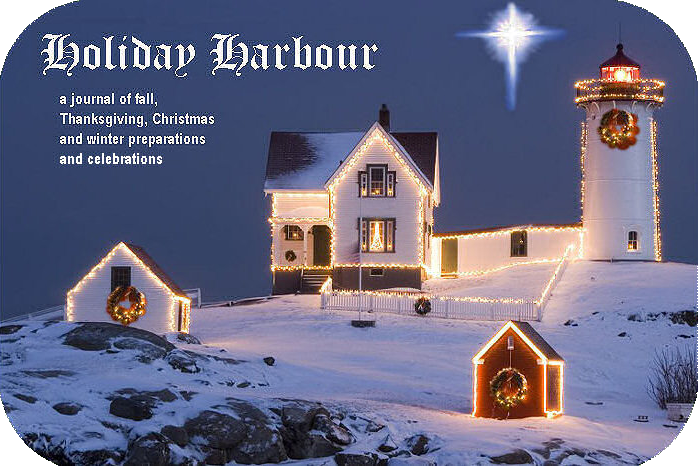The Blessings of Christmas, Amy Newmark
The 2021 edition (ta-da!) of "Chicken Soup for the Soul" contains all the things it should: more short heartwarming Christmas stories suitable for bedtime or relaxing reading during the holiday season. This edition had quite a few multicultural stories, which I enjoyed, such as a Korean woman bringing up her child to revere both her heritage and fun American Christmas customs, the story of a Jewish woman who married an Italian Catholic man and who finally won over his resolutely sorrowful grandmother, another Jewish/Christian family who have lovingly combined customs, a family who invited Navy midshipmen from other countries to their Christmas dinner and made two homesick young men from Cameroon very happy, and several more. Many of the stories involve children giving up their Christmas goodies, as the March sisters of Little Women did with their Christmas breakfast, to help other kids who had no gifts. There's the story of a homemade Christmas tree that lives up to a wealthy girl's designer one, a one-of-a-kind chair made by Mom that eventually returns home, a request for a can opener that opens an annoyed woman's heart, the gift of a coat to a boy that changes a giver's mind about charity, a flower delivery to a hospice that makes a difference—101 tender and sometimes funny stories (can't kids decorate a gingerbread house without making a mess? and why do a succession of cats keep stealing only one ornament?) to leave you with the warm and fuzzies.
The one thing that sort of doesn't amuse me is the proclamation on the back that "25 cents of every book sale goes to Toys for Tots." Surely the publishers of this book could work it that more of the profit go to the charity? Skinflints!















